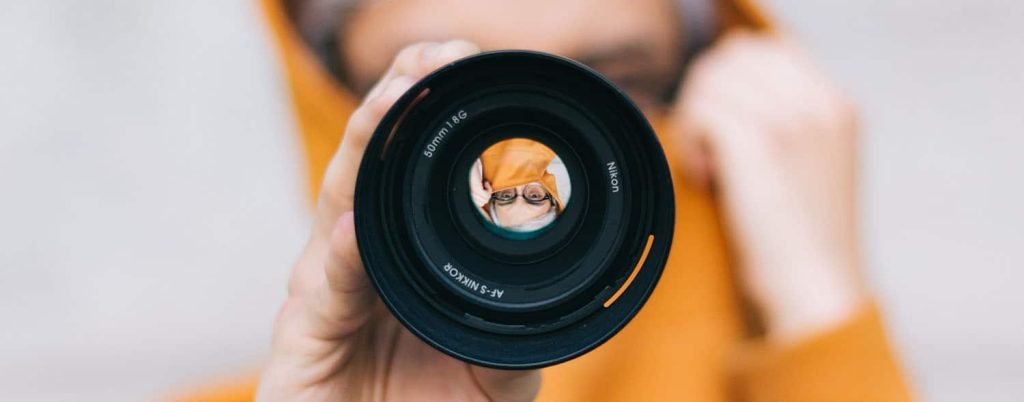Tips on choosing cameras and lenses for beginners
0 comments

Choosing the right camera and lenses as a beginner can be overwhelming given the vast array of options available. Here are some tips to help you make an informed decision:
Choosing a Camera
Determine Your Budget
- Set a realistic budget that includes the camera body, lenses, and any essential accessories like memory cards, batteries, and a camera bag.
Consider Your Photography Interests
- Think about the type of photography you're interested in (e.g., portraits, landscapes, sports, wildlife) as it will influence your choice of camera.
Types of Cameras
- DSLR (Digital Single-Lens Reflex): Offers good image quality, a wide range of lenses, and manual control. Ideal for learning the basics of photography.
- Mirrorless: Lighter and more compact than DSLRs, with comparable image quality and advanced features. Suitable for those who value portability.
- Compact/Point-and-Shoot: Simple to use with limited manual controls. Good for casual photography or as a backup camera.
Sensor Size
- Full-Frame: Larger sensor size, better in low light, and greater depth of field control. More expensive and often bulkier.
- APS-C: Smaller sensor size, but still provides excellent image quality. More affordable and lighter, making it ideal for beginners.
- Micro Four Thirds: Even smaller sensor, offering compact and lightweight options with good image quality.
Ease of Use
- Look for a camera with an intuitive menu system, easy-to-navigate controls, and a comfortable grip. A tilting or articulating touchscreen can also enhance usability.
Features
- Manual Controls: Ensure the camera allows manual adjustments of settings like ISO, shutter speed, and aperture.
- Autofocus System: A fast and accurate autofocus system is crucial for capturing sharp images, especially for moving subjects.
- Image Stabilization: Helps reduce blur caused by camera shake, especially useful in low light conditions or when using long lenses.
- Video Capabilities: If you’re interested in videography, look for cameras that offer 4K video recording and good autofocus in video mode.
Choosing Lenses
Understand Lens Types
- Prime Lenses: Fixed focal length, generally offer better image quality, larger apertures (good for low light), and are lighter. Examples: 50mm f/1.8 (great for portraits).
- Zoom Lenses: Variable focal length, more versatile for different types of photography. Examples: 18-55mm (kit lens, good for general use), 70-200mm (good for sports and wildlife).
Aperture
- A lens with a larger maximum aperture (smaller f-number) allows more light to enter the camera, which is beneficial in low light and for achieving a shallow depth of field (blurry background).
Compatibility
- Ensure the lens is compatible with your camera body’s mount. For example, Nikon and Canon have different lens mounts for their DSLRs and mirrorless cameras.
Focal Length
- Wide Angle (10-35mm): Good for landscapes, architecture, and group shots.
- Standard (35-70mm): Versatile for everyday photography, portraits, and street photography.
- Telephoto (70mm and above): Ideal for wildlife, sports, and distant subjects.
Image Stabilization (IS/VR/OSS)
- Lenses with built-in stabilization help reduce blur from camera shake, particularly useful when shooting handheld at longer focal lengths or in low light.
Quality vs. Cost
- Higher-quality lenses often come at a higher price, but investing in a good lens can significantly improve your photography. Consider starting with a versatile kit lens and gradually expanding your collection as you learn and refine your skills.
Final Tips
- Research and Reviews: Read reviews and watch videos from trusted sources to get an idea of real-world performance and user experience.
- Try Before You Buy: If possible, visit a camera store to try out different models and see what feels comfortable in your hands.
- Second-Hand Options: Don’t overlook the second-hand market. You can often find excellent deals on used cameras and lenses in good condition.
By considering these factors, you can make a more informed decision that aligns with your photography goals and budget.
Comments